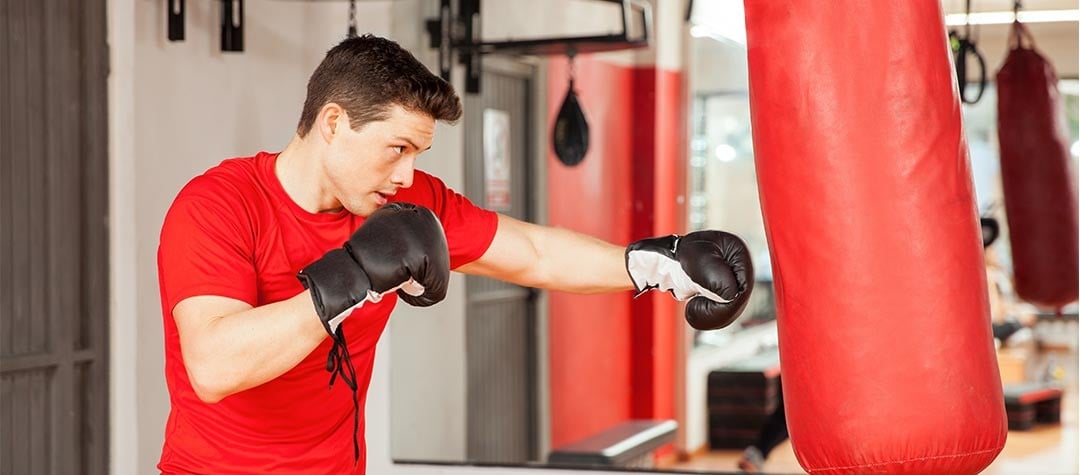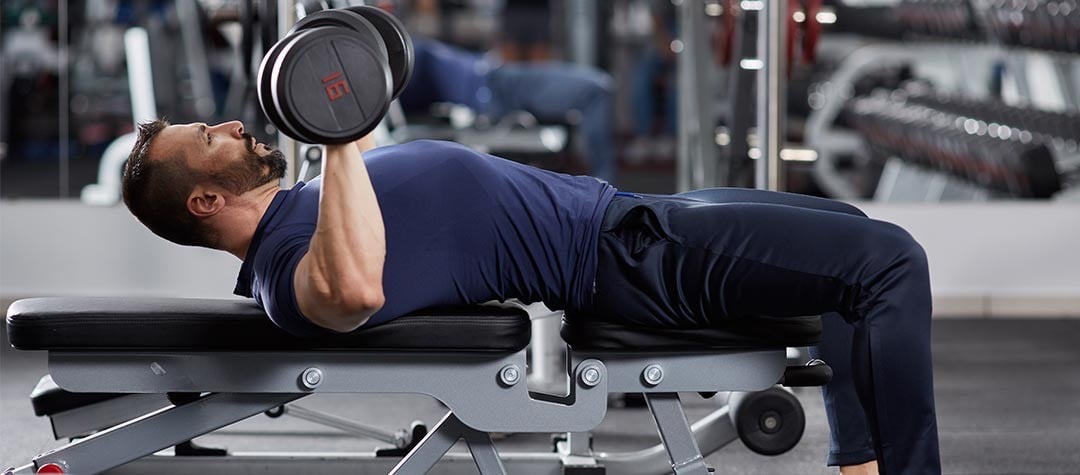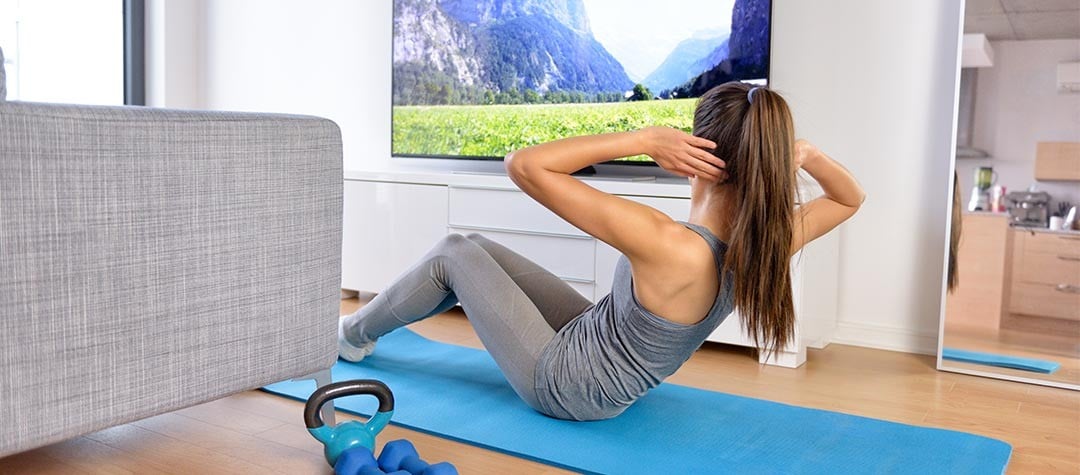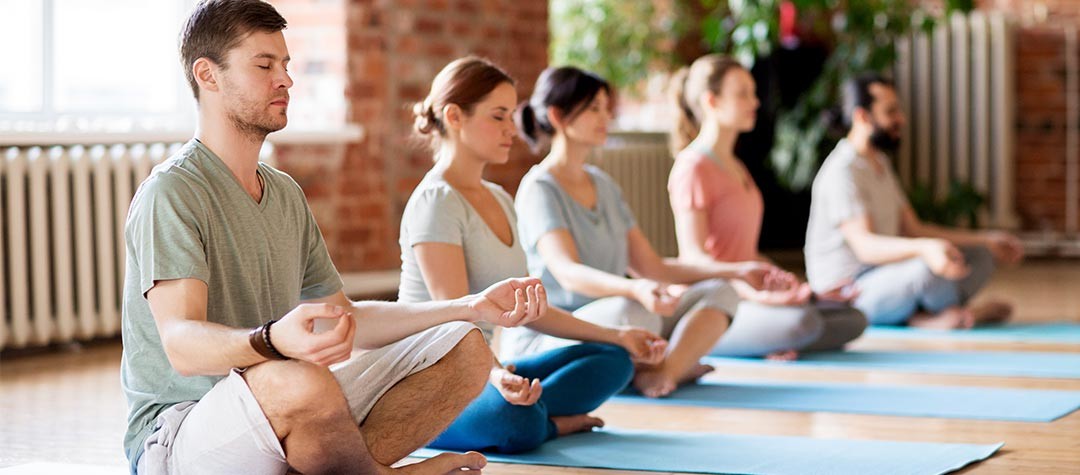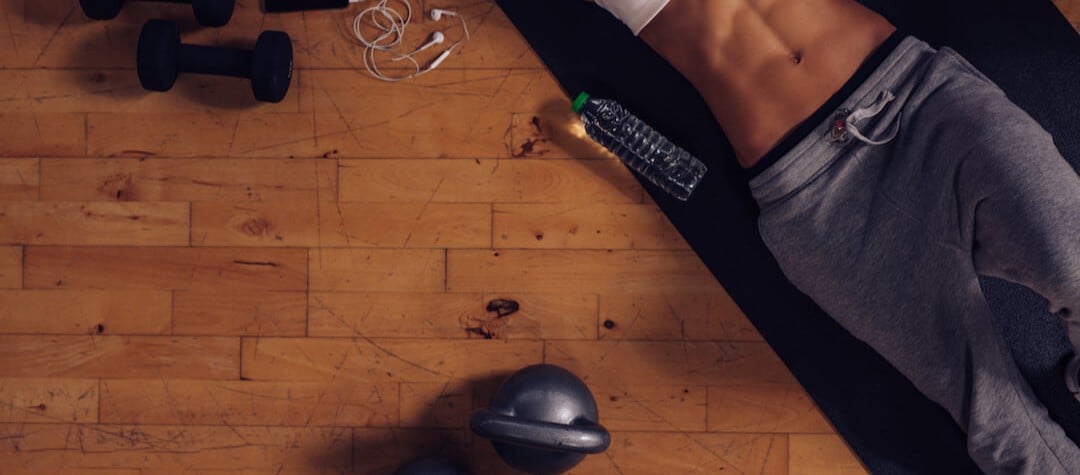Once you’ve had a baby, getting back into shape can be difficult. However, our guide will have your working those pelvic floor muscles and more.
Here's a list of things to do to get back into shape after having your baby:
The first six weeks after giving birth
Congratulations on becoming a mother! While your new baby will be uppermost in your thoughts, you might now be ready to start thinking about getting back in shape. Your exercise, diet and many other important things, such as getting in those kegels, will now become an important topic in your life. Although a relatively sensitive time for you body, the first six weeks is an important time of recovery and aiding that repair with enough rest, gentle exercise and nourishing nutrition is perfect for both you and your baby.
You want to feel great and have enough energy to keep up with your child’s 4am wakeup calls, so remember to be moderate but be healthy. Eating plenty of energy rich foods like porridge and bananas, whilst filling yourself up with fruits and vegetables, can only help your progression back to your pre-baby body.
When to hit the gym
Exercise following a baby isn't the same as riding a bike; you can just get back on the saddle and it will all come back to you, you need to ease yourself into it. As wonderful as mother nature is, she hasn't exactly made giving birth an easy task! Your body has gone through a serious amount of change over the past 9 months and so it will take a while for it to get back to its natural cycles. Plus you're not exactly going to have endless free time, babies can take up a lot of time and energy so finding the opportunity to exercise can be easier said than done.
The important thing to remember is to pace yourself, if you're exhausted after looking after a baby, doing the housework and so on, hitting the gym for a couple hours then back to the 4am feeds will do you no good. An overly exhausted mum is not a happy mum. Instead start out with some long strolls in the park with the baby, or go for some mum and child swim classes, or even do some weight training with that old pregnancy book, giving you that gentle exercise without killing your body whilst its still recovering.
The body is still recovering over the first 6 week post baby, and so it is important to remember around this time to keep it low intensity and low frequency in hitting that cardio and weights. Once you have recovered and feel capable enough to do longer workouts, then you can turn up the heat and begin on getting that body back.
Strip that baby chub
When pregnant your body will pile on the weight for a healthy gestation and labour, but once your beautiful bundle of joy has entered the world, you unfortunately, are left with the not so beautiful remnants. A lot of women hold onto baby weight after having their children, but don't be tricked into complacency, you can lose the weight if you try to!
As you probably can imagine, having a newborn baby to look after can be quite exhausting, but you don't have to go the gym everyday to get your old body back. It may take a little longer but your weight should fall off if you follow a healthy diet and sensible workout routine, at home or in the gym.
Exercise
As you will have excess fat stores following pregnancy, it is key to get on that cardio, whatever means you can, take the baby out for a jog with the stroller, join a dance or zumba class, whatever you can fit into your demanding schedule will do wonders for your waistline. But remember not to forget the weights! Buying some dumbbells or resistance bands to do a free weight session in the living room whilst the baby is taking a nap, will significantly increase your weight loss. Burning just as many calories as moderate cardio exercise, resistance training when combined with cardio, is the best way to lose weight and tone up.
Diet
Unfortunately there's no two ways about it, to lose weight you need to limit your calories. Cutting out processed foods, highly saturated fats, low GI carbs are all ideal foods to be stripped from you diet when trying to lose that baby weight. Eat plenty of healthy foods and low GI carbs (whole wheats, oats, brown rice) and particularly if working out, stock up on the protein, both plant and animal based. Remember not to skip meals and stay away from late night snacking. But keeping your diet clean and balanced will help you feel baby-beautiful in no time.
Get that pre-baby stomach back
When it comes into the trouble area, the stomach, don't be fooled into thinking endless sit ups will get your pre-baby stomach back, because they won't. Unlike other areas of the body, the stomach is stripped mostly of its fat through your diet. Arms, legs and back can all be controlled by weights and muscle, but the abs are made in the kitchen.
Stripping your body fat is the way to do this, cutting your unhealthy carbs such as white breads, pastas and refined sugars will significantly help your body burn your baby fat stores. Eating healthy snacks and hitting the cardio as much as you can is perfect to rid the stomach fat stores of fat and help you get back that washboard midriff.
Though some exercises can help tone and structure the abs once rid of baby fat, as skin can be looser due to extensive stretching through pregnancy, core and oblique exercise will help strengthen those ab muscles and encourage the skint to taunt. The plank, leg lifts, hip crossovers and many other core exercises will strengthen your middle and help get that tight tummy back!
How to do Kegels?
After having a baby, you're not-so-private area has gone through a serious trauma, childbirth isn't that easy! So it is important to give it that much needed workout and recovery to get every area of your body back in tip top shape. The sooner you start them, the less likely you are to suffer from subsequent problems, such as urinary leakage or poor muscle tone in the vagina. Remember, this applies to you even if you had a Caesarean section as experts believe it is pregnancy itself, and not delivery, that weakens the pelvic floor muscles, so get working those pelvic floor muscles now.
Firstly, you need to locate the right muscles. The pelvic floor consists of four layers which form a ‘sling’ from the pubic bone to the coccyx, with openings to allow the urethra, vagina and anus to pass through. You can identify these muscles when you are urinating. Try to stop the flow of urine halfway through – and you’ll feel your pelvic floor muscles contract. (Try not to do this too often though, as it can cause urinary tract infections, and no one want to deal with that whilst looking after a newborn). So dont make a habit of stopping the flow of urine as it can actually weaken the muscle and cause bladder problems.
Try to remember this sensation of the pelvic floor muscles holding on whilst using the loo, now lie down on your back or side and squeeze those muscles. As they are made of slow and fast twitch fibers, it is important to mix slow and fast contractions. For the quick set; doing some reps of squeezing and releasing quickly, holding for a moment before releasing, followed by the the slow contraction, like making a fist really slowly, squeezing for around 5 to 10 seconds and then release. Avoid squeezing the buttocs or thigh muscles, as tempting as it is to squeeze them to, over time these muscles will strengthen and you will be able to hold a 10 second squeeze without a problem.
Dos and don’ts when doing pelvic floor exercises
- Do not hold your breath.
- Do remember that the release part of the exercise is as important as the contraction.
- Do not tighten your glutes.
- Do try the exercise in different positions – sitting, standing and lying prone.
- Do not pull the tummy in.
- Do perform the exercises regularly. Research suggests that performing 10 slow and 10 fast contractions, three times a day is effective.
- Don’t give up your pelvic floor exercise after just a few weeks – you need to stick with it to see results.










